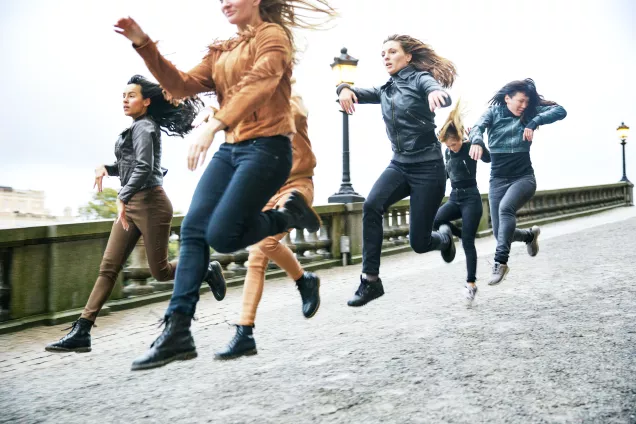Public Art and the New Commons
Theme 2022
Public art raises complex questions on ownership, maintenance, restoration, changes and destruction. The Theme Public Art and The New Commons explores the economic, cultural, social, legal, political and organizational ramifications of public art. The Theme aims to raise new questions and analyse ideas concerning the role and malleability of public art, and the institutional frameworks that interact with actors producing public art or creating incentives to make, initiate, and/or fund it.
Perceptions of public art as part of and manifestations of the good society have a long history. Art is a symbolic good produced to be interpreted, and it is closely connected to human sensemaking individually and collectively. The idea of art for public use, as a shared asset of society and its members, runs through the history of art. With a historical role as a manifestation of power, public art is today presented as a mark of civilisation and democracy in welfare countries. Once public artworks have been inaugurated, however, they take on a life of their own – often quite independent of the intentions of the different funders, artists, politicians, etc., that were involved in their creation.
The Theme aims to find ways for both top-down and bottom-up forces to interact in shaping public art, and for public and private funders and power structures to interact in supporting free artistic expression in the public domain. The Theme will explore issues of power related to art in public space, such as
- Who has a say in matters of shared space, and what are the limits of public space, and what constitutes public art?
- Is public art a matter of cultural policy only, or also for other policy and legal areas?
- What influence comes ultimately with funding, whether private or public?
- How does ownership evolve, narrowly and broadly conceived?
- What happens if a public artwork is perceived to injure public decency?
It is evident that rather large sums of tax money are spent on art purchases every year, and these purchases play a significant role in the art sector in Sweden. Inspired by Montesquieu's doctrine of separation of powers, the guiding principle in Swedish cultural politics is an arm's length distance between the politicians and the creation of the artwork. It is not always clear, however, what constitutes a political and artistic decision when it comes to commissioned art.
Previous work has shed light on and analysed the, often precarious, working conditions of workers in the cultural and creative sector. The Theme takes special interest in the conditions of and incentives for creative work from the perspectives of artists and officials involved in the procurement of public art. Based on a view of art as instrumental, public art in Sweden and the other Nordic countries is often encouraged and expected to contribute with critical reflections. While the Swedish government promotes the independence of art, it also asserts that it should serve democracy-promoting purposes and create new arenas for meetings and political action. The Theme will investigate the relation between the autonomy of art, the artist’s freedom to practice art and its societal function and the hopes for its political potential, and the creation of new arenas.
Members

Conference: Caring and Daring – Public art building common ground?
The Theme Public Art and the New Commons welcomes you to the conference "Caring and Daring – Public art building common ground?"
When: May 23 2023
Where: Skissernas Museum, Lund

